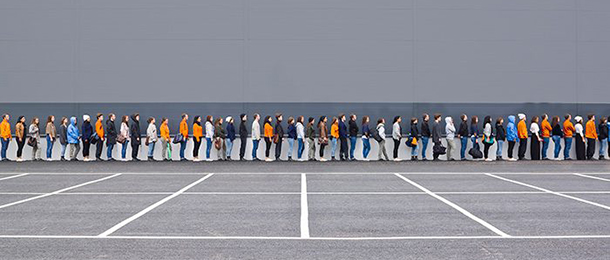The ATO has revealed the number of cases where individuals establish an SMSF to gain illegal early access to their retirement savings is increasing, presenting a concerning development threatening the integrity of the sector.
“The behaviour we are concerned about are individuals who are knowingly accessing their super before a condition of release has been met and this illegal early release behaviour is on the rise,” ATO self-managed super fund segment director Steve Keating told delegates at the recent SMSF Trustee Empowerment Day 2021, hosted by selfmanagedsuper’s sister publication, smstrusteenews.
To combat this activity, Keating pointed out the regulator makes a risk assessment on every individual linked to a newly established SMSF, as well as every individual seeking to join an existing SMSF, and acknowledged the results of this activity for the 2021 financial year were significant.
“In the 2021 financial year we received nearly 26,000 new registrations. This was an increase of 18 per cent compared to the 2020 year,” he noted.
“I’m pleased to report that as a result of our rigorous checks we protected almost $170 million in retirement savings from leaving the super system illegally.
“We achieved this by cancelling ABNs (Australian business numbers) and withholding SMSFs from appearing on Super Fund Lookup. Withholding new registrants from Super Fund Lookup also meant we did not issue the SMSF with a notice of compliance.”
According to Keating, the higher establishment rate has continued into the opening months of the 2022 financial year with 5500 new funds set up over July and August, representing a 33 per cent increase compared to the same period last year. However, this has resulted in greater risk to the sector too, he said.
“Disappointingly we’re also observing increased numbers of high-risk cases,” he said.
“During July and August just over 27 per cent of new registrations were selected for review. In previous years we would’ve only expected to see somewhere between 16 and maybe 20 per cent of SMSFs identified as potentially high risk.
“Of those high-risk SMSFs identified by our model, we have already stopped the registration of 250 SMSFs from proceeding this year and protected over $35 million from leaving the system.”




